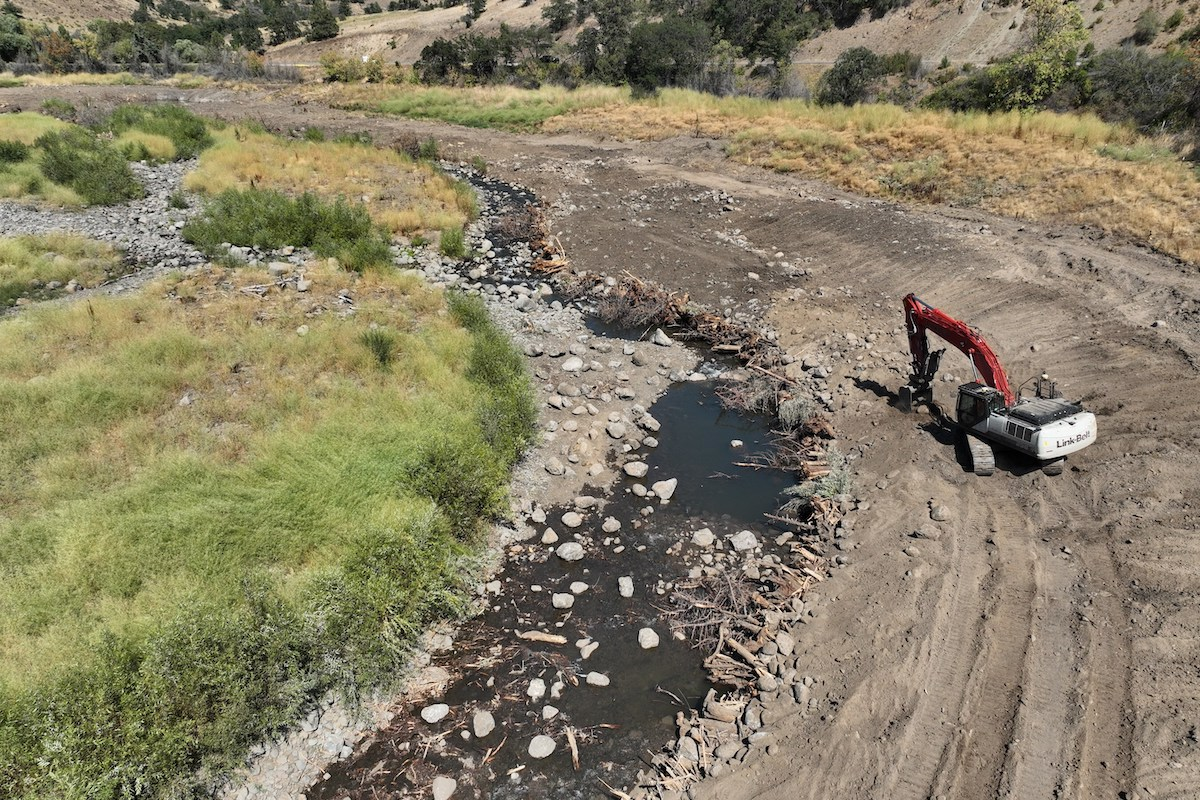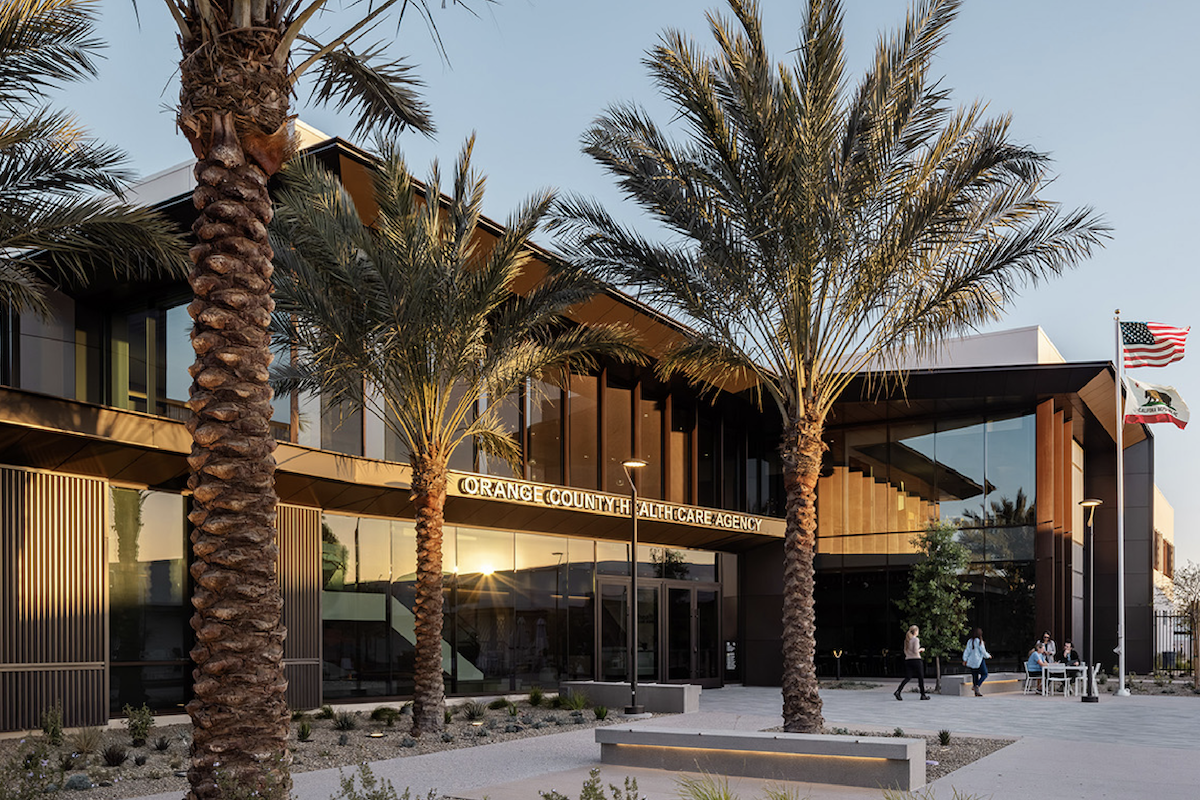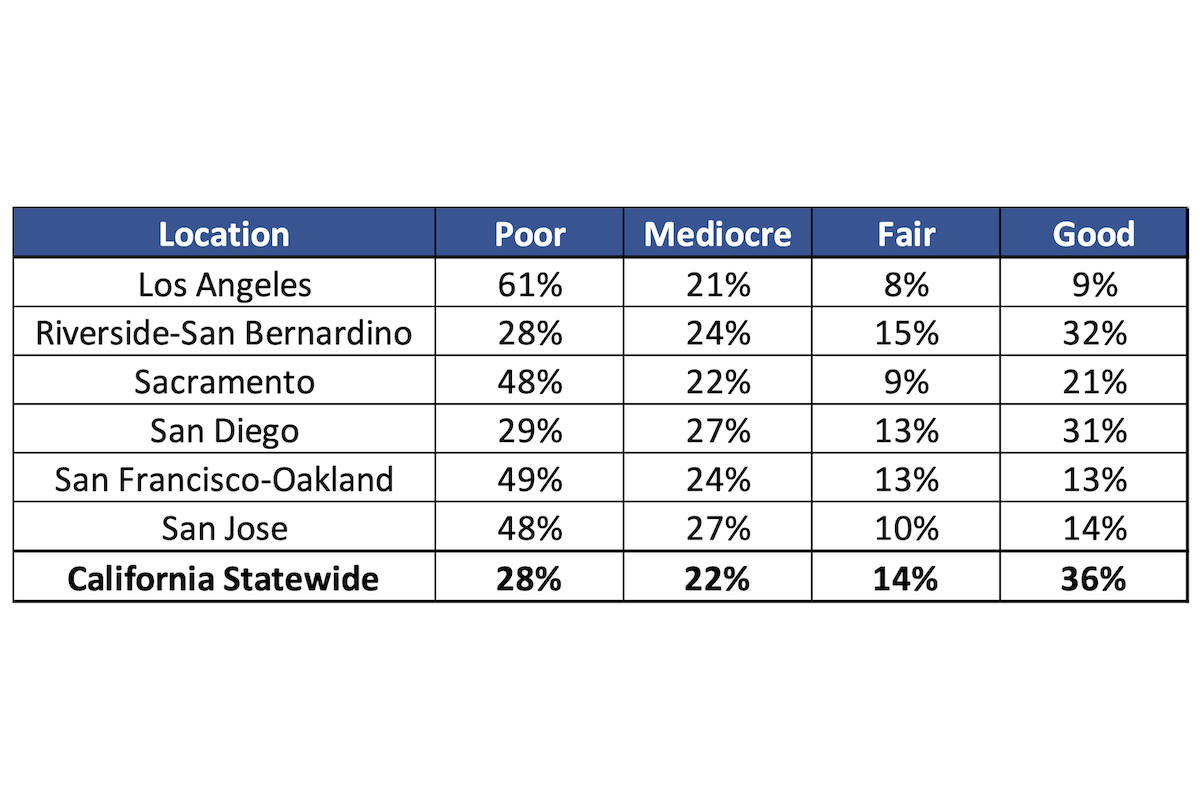“That stretch of road was falling apart and in bad need of repair,” said Wayne Pittman, Resident Engineer with the Colorado Department of Transportation (CDOT).
Approximately 14,000 vehicles travel on this road in El Paso County daily, with more than 12 percent being truck traffic. Pittman said that the passing lanes will enable other drivers to move more safely around slower trucks on hills. The corridor has a high crash rate, with an average of about three or four motor vehicle accidents per month.
This road passes through rural areas in the state, in the foothills of the mountains. Several quarries and cement manufacturing plants are located to the south of the project. The job does not include installing sidewalks.
“CO 115 is a vital route linking the area’s military bases, Canon City, Florence, Penrose, Pueblo West, and Colorado Springs,” said CDOT Executive Director Shoshana Lew, in a statement at the start of construction. The project begins just south of Fort Carson.

| Your local Trimble Construction Division dealer |
|---|
| SITECH Southwest |
| SITECH West |
RockSol Consulting Group of Thornton, Colorado, designed the approximately 12-mile-long road project, which stretches from 2 miles south of Barrett Road (MP 27.7) to Rock Creek Canyon Road/Wilderness Road (MP 39). WSP of Colorado Springs served as a subconsultant to RockSol. CDOT’s Staff Bridge unit designed the Rock Creek Bridge. Felsburg Holt & Ullevig of Greenwood Village, Colorado, assembled a team to provide construction management, inspection, and materials testing engineering services for the entire project.
A combination of sources provided funding for the project, including two state laws, SB-1 and SB 17-267; a federally participating resurfacing bridge program and regional priority program; and the Funding Advancement for Surface Transportation and Economic Recovery safety program.
Castle Rock Construction Co. of Centennial, Colorado, received the construction contract. The company, founded in 1898 as a family business in Iowa, became established as a Colorado-based company in the early 2000s. The company consists of a long-standing team that specializes in highway construction. It self-performs the grading and concrete paving and utilizes strong partnerships with subcontractors to complete the other scopes on their projects. Although CDOT has been a primary source of the company’s work in the last few decades, it also works for cities and counties around the state of Colorado.
“This was a complicated project,” said Amy Brooks, Chief Operating Officer at Castle Rock. “There were many components.”
Construction on this CO 115 project began in July 2022, starting at the north end, with reconstruction and widening of the Rock Creek Bridge. Even though crews typically work during daylight hours on weekdays in the warmer months, this project required both weekend and night work due to the tight constraints and the necessity to maintain traffic. Crews stopped working during the winter because it was too wet and cold to pave with concrete or asphalt.
The project included replacing and widening the Rock Creek Bridge to four lanes, with a median. The new lanes will be 12 feet wide with 8-foot shoulders.
Subcontractor Lobato Construction of Brighton, Colorado, worked on the bridge structures.
The team began by widening the roadway with significant embankment fills and building a new northbound bridge structure. Crews started installing the foundations using a crane and pile-driving equipment. H-piles support the new bridge, which has concrete Colorado Bulb Tee girders, erected in September 2023. The bridge received a concrete deck with a polyester concrete overlay. Then, crews shifted traffic to the new bridge, removed the existing structure, and built a second new bridge for the southbound lanes.
The department received a grant to provide a half-mile of wildlife fencing on both sides of the road and an underpass for wild animals to cross under CO 115. The fencing will guide wildlife to a safe place to cross.
North of the bridge, the road is four lanes and has been paved in concrete. The existing roadway had to be removed, fill brought in, and then repaved, so it would meet the new elevation of the Rock Creek Bridge. South of the bridge, the road opens up to four lanes for a short distance, then the nearly 8 miles of asphalt paving begins.
CDOT paved portions of the road with concrete and the rest with asphalt to save funds.
“Asphalt is way cheaper,” Pittman said. “The whole corridor will eventually be paved with concrete.”
Phasing the asphalt road section was more complicated than the bridge section because of the narrowness of the job site and the need to keep traffic moving. There were no alternative routes for detouring. Work progressed at both ends of CO 115.
“There were areas in that valley where there was not enough space to move traffic around,” Brooks said. “The phasing on the south end really dictated the entire project.”
In narrow sections, construction crews had to reduce the traffic to single lanes with flaggers and a pilot car during weekend work, which needed completion during the weekend, from Friday evening until Monday early morning.
The section from MP 27.7 to MP 35.0 required a full-depth reclamation, with removal of the existing asphalt using a reclamation machine, followed by regrading to correct the cross slope and adding the shoulder or passing lanes. Then crews completed a full-depth reconstruction, with 8-inch cement-treated subgrade. The team rolled it with rollers, so it cured on Saturday night and became a hardened base, which was topped on Sunday morning with 3 inches of hot-mix asphalt.
“The coordination of all of that was a big challenge,” Brooks said. “Our crews and management team would work during the week and then switch to a night shift on Friday.”
From MP 35 to MP 38.2, the four-lane road received an 8-inch concrete white topping over the asphalt. And from MP 38.2 to MP 39, the road was paved with Portland Cement Concrete.
The department corrected the grade in the concrete, so concrete thickness varied from 8 inches to 20 inches.
Crews added passing lanes in both directions from MP 37 to MP 39, a new northbound left-turn lane at Old Canyon City Road, and a southbound right-turn and deceleration lane at Calle de Fuente and at Roca Roja Circle.
At the southern end of the project, passing lanes were added from MP 27.7 to MP 29, and a southbound right-turn lane was added at Paseo Corto, Rancho Pavo Drive, and Tierra Rojo Drive.
Castle Rock used a universal total station for machine control on its motor grader. The company brought in a batch plant for the concrete paving and employed drones for surveying and photography.
Significant perseverance and planning went into the project, according to Brooks.
“I’m proud of my team and how they approached the challenges,” Brooks said. “The planning was hard to do and took people who were dedicated to this difficult work.”
The project will wrap up this summer.
“I think the community will be happy we are out of there, and they will be asking when we are going to do the next phase in concrete,” Pittman said.
Photos courtesy of Colorado Department of Transportation











































































